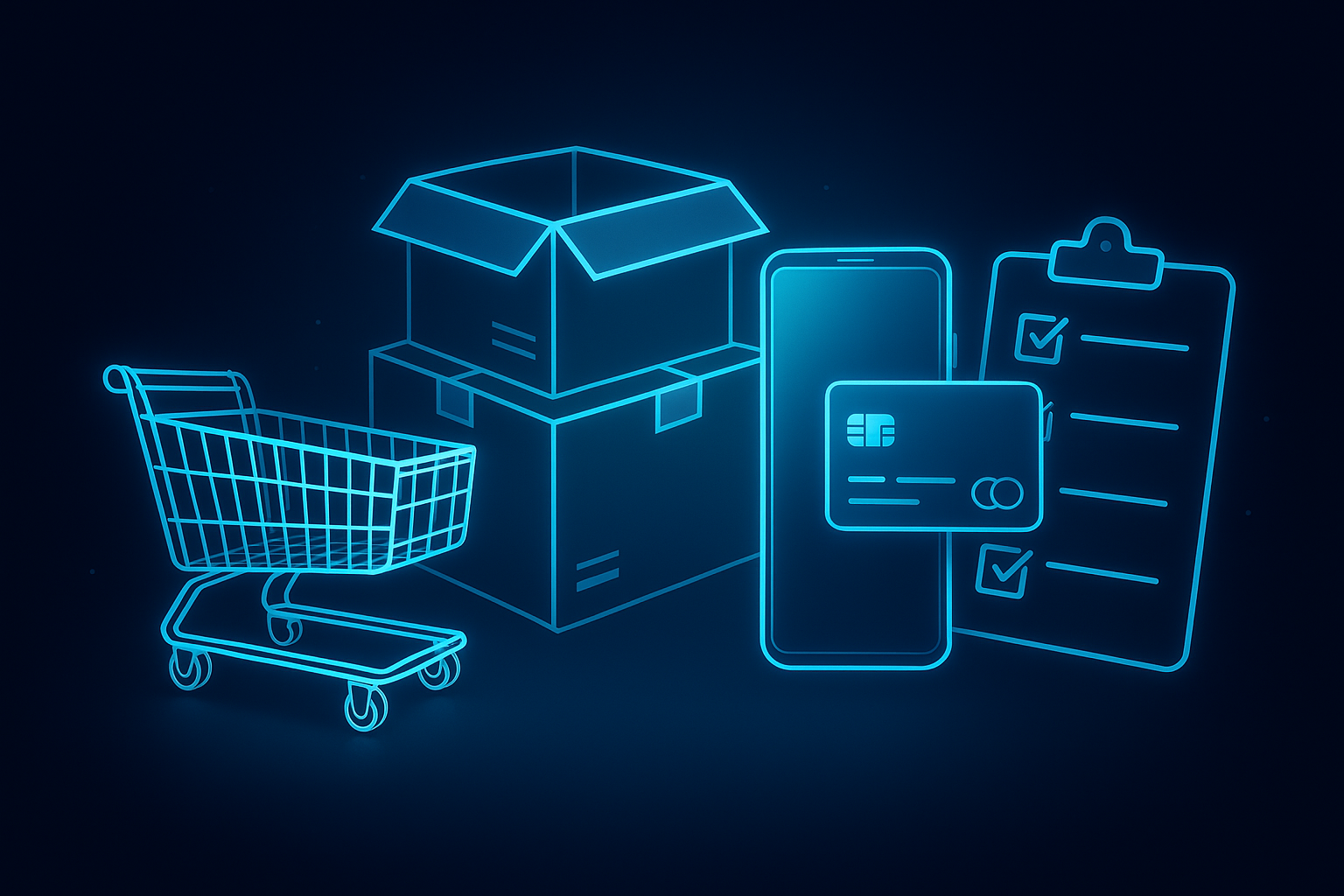

Synthetic Data in B2B Commerce: The Next Frontier in AI-Driven Decision Making
Why High-Quality Data is Essential for B2B AI
Artificial Intelligence (AI) is reshaping the landscape of B2B commerce. Yet, its effectiveness remains intrinsically tied to the quality and quantity of data available. Precise pricing, accurate demand forecasting, and comprehensive risk modeling depend on extensive, high-quality datasets. Unfortunately, many B2B environments suffer from fragmented, incomplete, or highly sensitive datasets scattered across ERP, CRM, procurement, and supplier management systems. This scarcity severely limits the ability of AI to produce robust and reliable results.
Synthetic Data: A Game-Changer for B2B AI
Synthetic data—generated by advanced AI methods rather than collected from real-world events—has emerged as a practical solution to the data scarcity challenge. Techniques like Generative Adversarial Networks (GANs) and Variational Autoencoders (VAEs) create highly realistic artificial datasets that simulate thousands of potential B2B interactions, bridging significant data gaps.
A seminal research paper from MIT’s Synthetic Data Vault (SDV) project highlights that synthetic datasets can deliver comparable, and sometimes superior, performance to real-world data, especially in environments characterized by small or imbalanced datasets.
Enhancing B2B Pricing and Forecasting with Synthetic Data
One of the greatest challenges in B2B commerce is accurately modeling market behavior under diverse scenarios. For instance, global manufacturers must anticipate buyer responses across multiple geographies and market conditions, often lacking adequate historical data. Synthetic data solves this by enabling simulations of market reactions under various hypothetical situations, such as shifts in commodity prices or changes in tariffs.
This approach allows businesses to test AI models extensively, ensuring that pricing strategies and demand forecasts are robust and reliable, even in previously unmodeled scenarios.
Strengthening Supply Chain Resilience through Data Simulation
Supply chain disruptions, driven by unforeseen events such as pandemics, geopolitical tensions, or climate-related disruptions, represent significant risks for B2B businesses. Traditional forecasting models often fail under these extreme conditions due to limited historical data.
Companies like DHL and Maersk now leverage synthetic data simulations to create virtual stress tests, enabling them to proactively assess and enhance supply chain resilience. By simulating port closures, strikes, and geopolitical disruptions, these enterprises can significantly reduce their vulnerability to operational shocks.
According to McKinsey’s 2023 Global AI Survey, synthetic data will become integral to AI models in regulated industries, with over half of enterprises anticipated to adopt this approach by 2025.
Addressing Privacy and Reducing Bias with Synthetic Data
Data privacy and regulatory compliance (GDPR in Europe, CCPA in the US) are critical concerns in B2B commerce, particularly regarding sensitive transactional information and proprietary pricing structures. Synthetic data provides a privacy-compliant solution by generating datasets that mimic real patterns without revealing sensitive details.
The European Union Agency for Cybersecurity (ENISA) officially recognizes synthetic data as a privacy-enhancing technology suitable for GDPR compliance when properly implemented. This recognition further underscores synthetic data’s value as a secure alternative to traditional anonymization methods.
Moreover, synthetic data plays a pivotal role in mitigating biases inherent in historical datasets. Traditional datasets often disproportionately represent specific markets or enterprise sizes. Synthetic data, however, allows the generation of balanced datasets, ensuring AI models are more inclusive and broadly applicable.
Real-World B2B Applications of Synthetic Data
In procurement and e-sourcing, platforms such as Jaggaer and Ivalua increasingly rely on synthetic data to enhance AI-driven supplier recommendations and fraud detection models. By simulating procurement logs, these platforms can rigorously test new strategies without compromising sensitive contracts.
Logistics giants like DHL have adopted synthetic data to forecast and mitigate risks related to operational disruptions. Their success illustrates synthetic data’s profound potential to safeguard complex supply chains against future uncertainties.
Additionally, industrial insurers facing limited historical claims data are turning to synthetic data to enhance risk modeling accuracy. Leading synthetic data vendors such as Gretel.ai and MOSTLY AI have highlighted significant improvements in fraud detection and dynamic risk pricing capabilities enabled by synthetic datasets.
Navigating Challenges in Synthetic Data Adoption
Despite its clear benefits, the integration of synthetic data presents several challenges:
- Data Science Maturity: Companies must assess their readiness to determine when synthetic data is appropriate and beneficial.
- Integration Complexity: Existing AI and machine learning pipelines may require adjustments to accommodate synthetic data effectively.
- Vendor Selection: Choosing trustworthy and proven synthetic data providers, such as Gretel.ai, MOSTLY AI, or Hazy, is crucial to ensuring data integrity and compliance.
Looking Forward: The Future of Synthetic Data in B2B Commerce
The trajectory for synthetic data adoption in B2B commerce is clear: companies that embrace these advanced simulation methods will position themselves as leaders in AI-driven decision-making. The transition to synthetic data is not simply an incremental improvement; it represents a transformative shift in how businesses approach data challenges and unlock new AI-driven opportunities.
As B2B organizations progressively adopt synthetic data solutions, the question shifts from "if" synthetic data will reshape their operational landscape to "how rapidly" companies can adapt to this powerful technological advancement. Businesses proactive in this adoption will not only navigate future challenges effectively but also gain substantial competitive advantages in their respective markets.

-modified.avif)



.jpg)